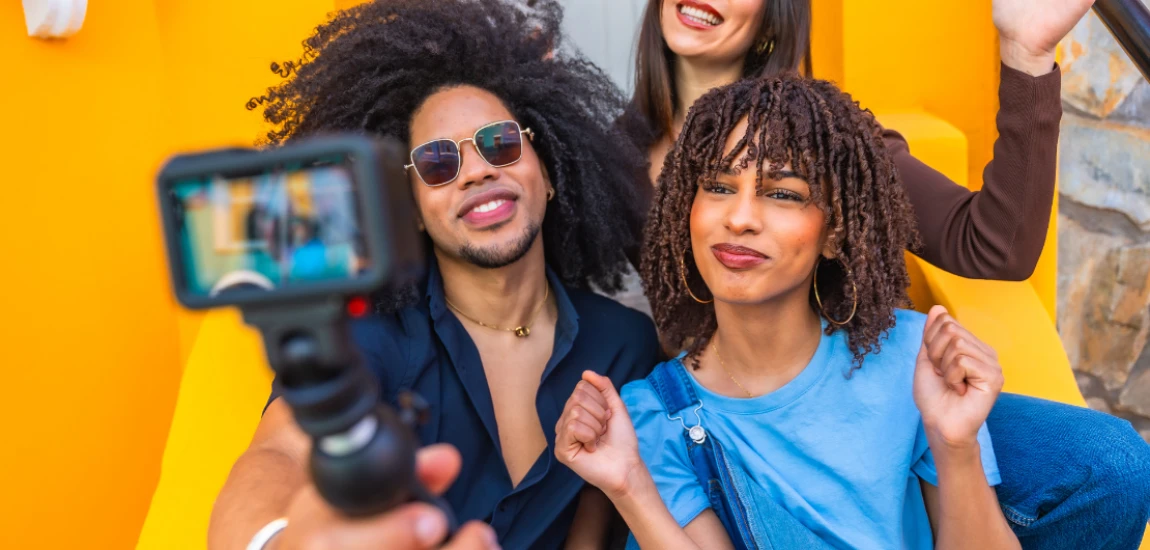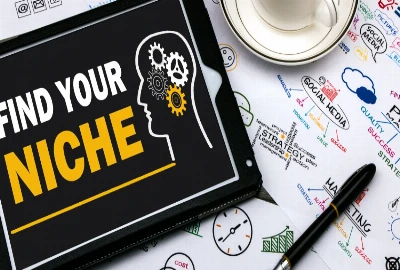Parasocial is the New Normal: When Content Creators Feel Like Friends

For most of history, audiences admired celebrities from a distance. Movie stars, musicians, and athletes seemed larger than life, carefully managed by publicists and only accessible through carefully crafted media appearances. But with the rise of social media, YouTube, Twitch, TikTok, and Instagram, that dynamic has shifted dramatically. Audiences now consume daily vlogs, livestreams, behind-the-scenes reels, and personal updates from creators who feel far more approachable than Hollywood elites ever did.
This evolution has led to the rise of parasocial relationships—one-sided emotional connections where viewers feel like they “know” a creator personally, even though the creator doesn’t know them individually. Once seen as a niche psychological phenomenon, parasocial bonds are now embedded into modern internet culture. From gamers on Twitch chatting with thousands of followers, to lifestyle influencers sharing their morning routines, to podcasters addressing their listeners with an intimate tone, creators today blur the line between friend and entertainer.
The parasocial relationship with content creators is not just a quirk of digital media; it has become a fundamental part of how people connect, socialize, and even consume entertainment. While this dynamic can foster community and belonging, it also raises questions about boundaries, emotional health, and the commodification of intimacy.
As we explore why parasocial is the new normal, we’ll look at the cultural factors driving this trend, the psychology behind it, the benefits and risks, and what both audiences and creators can do to navigate this new type of connection responsibly.
Why Parasocial Relationships Feel So Real
One of the biggest reasons parasocial relationships with content creators feel genuine is intimacy at scale. Unlike traditional celebrities, creators often film in their bedrooms, kitchens, or cars. They share daily struggles, personal victories, and unfiltered moments that feel raw and authentic. This perceived transparency tricks the brain into thinking it’s witnessing a real friendship unfold.
Another key factor is direct engagement. A YouTuber responding to comments, a Twitch streamer calling out a viewer by name in chat, or an Instagram creator answering DMs—all of these reinforce the illusion of a two-way friendship. Even when interactions are limited, that small acknowledgment can feel deeply validating for fans, solidifying their emotional investment.
Psychologically, humans are wired for connection. We evolved to form bonds by recognizing faces, voices, and emotional cues. Parasocial relationships exploit those same instincts—except instead of a neighbor or coworker, it’s a creator you’ll never meet in person. The brain doesn’t always distinguish between real-world and digital intimacy, which is why viewers can feel genuine affection, trust, and loyalty toward someone on a screen.
The shift in content formats also amplifies this. Long-form podcasts and livestreams allow hours of exposure to a creator’s personality, similar to how time with a friend deepens a bond. In many ways, watching your favorite streamer for three hours a night resembles hanging out with a friend—except the friendship flows one way.
This sense of “friendship” is further reinforced by creators’ storytelling styles. They use conversational tones, address their audiences as communities (“Hey guys, welcome back”), and share personal milestones (birthdays, breakups, achievements) as if updating a close circle. By combining consistency, relatability, and accessibility, creators foster parasocial bonds that feel increasingly indistinguishable from real friendships.

The Benefits of Parasocial Bonds
While parasocial relationships are sometimes framed negatively, they aren’t inherently harmful. In fact, many people find real value in these connections. One of the main benefits is community belonging. Fans of a creator often bond with each other in comment sections, Discord servers, or fan meetups, creating a shared sense of identity. For individuals who feel isolated in their offline lives, this online companionship can be a lifeline.
Parasocial relationships also provide emotional comfort. A favorite creator’s content can serve as a daily ritual, easing loneliness, anxiety, or stress. Just as some people re-watch their favorite TV shows for comfort, tuning into a familiar creator offers stability in an unpredictable world. This is particularly true for younger generations navigating uncertain social landscapes, where digital friendships can feel more reliable than fleeting offline ones.
Another benefit is role modeling and inspiration. Many creators openly share their struggles with mental health, personal growth, or creative journeys. Viewers who see these stories may feel encouraged to pursue their own goals, adopt healthier habits, or simply feel less alone in their challenges. Unlike distant celebrities, creators’ relatability makes their advice and experiences resonate more deeply.
There’s also the practical side: parasocial connections can be educational. Whether it’s a science communicator breaking down complex topics, a fitness influencer guiding workouts, or a financial YouTuber teaching budgeting, audiences often learn and grow through these one-sided relationships.
In short, parasocial relationships with content creators can fill gaps in belonging, emotional support, and even knowledge. For many, they serve as digital anchors of stability, friendship, and inspiration in an increasingly fragmented world.

The Risks: When Parasocial Becomes Too Personal
Of course, parasocial relationships aren’t without drawbacks. The biggest risk is blurring boundaries. Because creators share personal details, fans may feel entitled to access every aspect of their lives. This can lead to disappointment, anger, or even harassment when creators set limits or fail to live up to fan expectations.
Another challenge is emotional over-investment. For some fans, parasocial relationships become substitutes for real-world connections. This reliance can foster isolation if viewers stop seeking offline friendships, preferring the safe familiarity of digital companions who can’t challenge or reject them.
There’s also a power imbalance. Creators are, ultimately, performers. Even if they appear authentic, their content is curated. Fans who project friendship onto them risk overlooking that these relationships are fundamentally one-sided. This imbalance can be exploited—whether through parasocial marketing (where creators leverage intimacy to sell products) or in cases where fans feel betrayed by creators’ choices.
Financial exploitation is another risk. Because fans feel personally connected, they may overspend on subscriptions, merch, or donations, justifying it as “supporting a friend.” For vulnerable audiences, this can lead to unhealthy financial patterns rooted in emotional attachment rather than rational decision-making.
Finally, parasocial dynamics can create emotional distress. If a creator takes a break, faces controversy, or exits the internet entirely, fans may experience genuine grief or abandonment. The feelings are real—even if the friendship isn’t mutual.
Recognizing these risks doesn’t mean dismissing parasocial relationships entirely, but it underscores the need for awareness and healthy boundaries—for both creators and audiences.

Navigating Parasocial Relationships in a Healthy Way
So, how can fans and creators maintain parasocial relationships without letting them spiral into unhealthy territory? It starts with awareness. Audiences need to recognize that while their feelings of connection are real, the relationship is inherently one-sided. Acknowledging that distinction helps prevent unrealistic expectations.
For fans, one tip is to balance digital connections with offline relationships. Enjoy the comfort of parasocial bonds, but don’t let them replace real-world friendships. Setting time boundaries—like limiting hours spent watching streams or scrolling social media—can also help maintain perspective.
For creators, transparency is key. By openly acknowledging the parasocial dynamic, creators can foster healthier communities. Some do this by setting boundaries (avoiding oversharing personal details), clarifying their role as entertainers, and encouraging fans to connect with one another rather than solely with them.
Another strategy is media literacy education. Schools, parents, and even platforms can help younger audiences understand parasocial psychology, teaching them how to engage meaningfully without over-investment.
Creators can also promote healthier engagement by diversifying content formats—mixing personal storytelling with educational or entertainment-focused material, so audiences don’t mistake every piece of content as a direct invitation into their lives.
At its best, parasocial connection can be enriching. But maintaining balance requires intentionality from both sides. By setting boundaries, diversifying interactions, and fostering community connections beyond the creator, parasocial relationships can remain a positive force without tipping into dependency.




